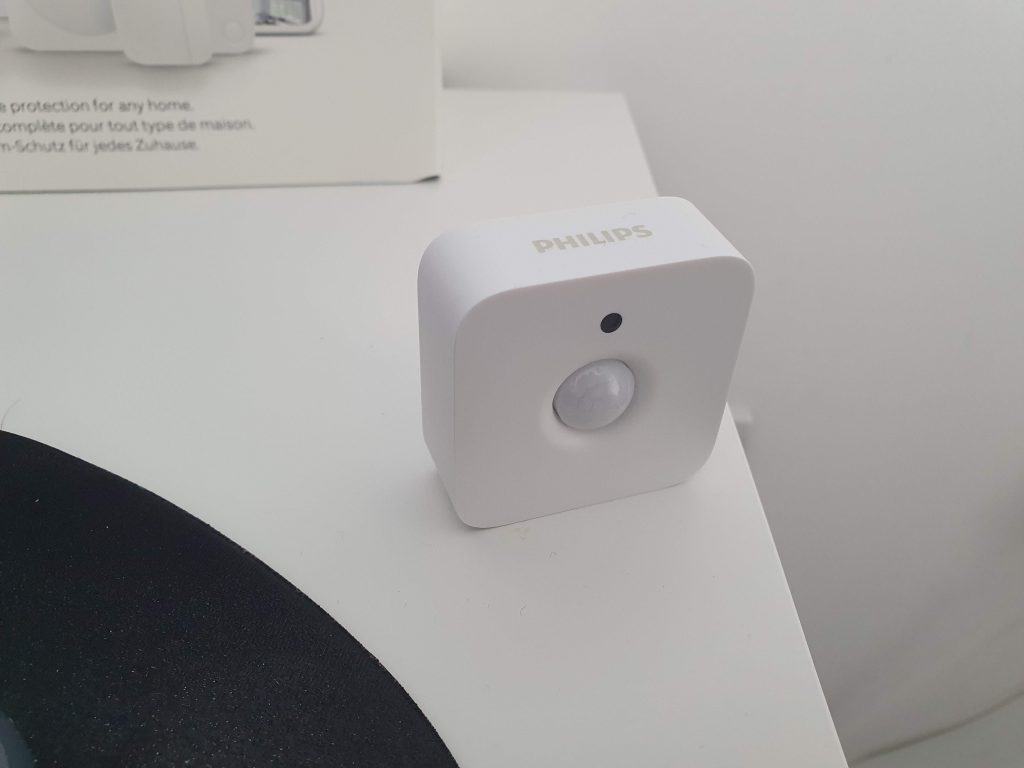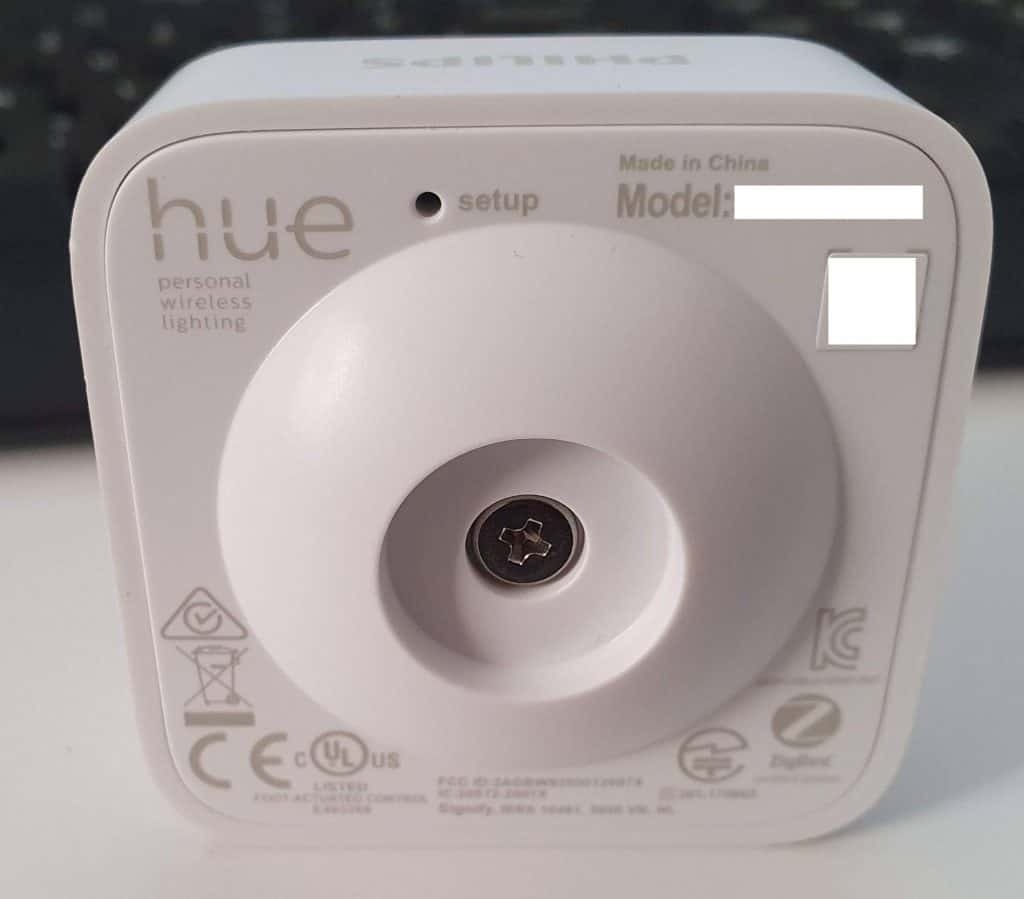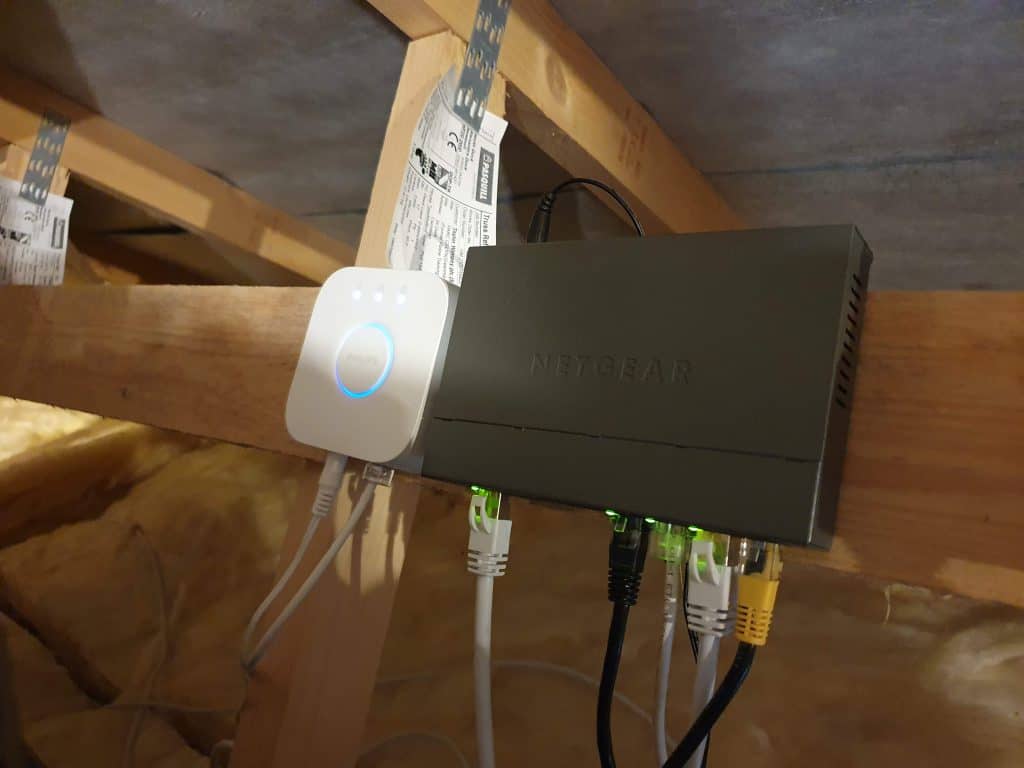Designed for indoor and outdoor use, the Philips Hue motion sensor triggers your smart lights when it detects motion and turns them off after a specified period of inactivity. It’s a wonderful addition to a smart home system, especially if you already own an Alexa, a HomeKit, or a smart home ecosystem.
However, like other devices that depend on motion sensors, Philips Hue sensors may sometimes work intermittently or even stop working entirely. Luckily, there are several easy fixes for temperamental Philips Hue motion sensors.
This article covers the most common reasons why the Hue motion sensor acts up, and how to fix them. Let’s dive right in!
Reason # 1: Your Motions Sensors Are Outdated

Believe it or not, Hue motion sensors occasionally undergo software updates. If you have software updates enabled, the sensors will automatically update. But if you’ve disabled this particular option, you’ll have to manually update the device yourself. You can do this by going to the Philips Hue app’s software updates page. Here’s how:
- Open the Hue app on your iPhone, iPad, or Android.
- Tap the “Settings” icon on the bottom of the screen.
- Scroll down and tap the “Software Update” option.
- Upon tapping “Software Update,” you’ll receive a “Checking for Updates” message on the app. This may take a few seconds to a few minutes.
- When it’s done, the application will show you a list of connected Hue devices, including bulbs, switches, bridges, and motion sensors. If the motion sensor is in need of updating, simply tap the “Update” button.
The Hue app will download and install the update on your motion sensors. Again, this may take a few seconds to a few minutes.
To avoid this situation from happening, it’s best to enable automatic updates for all your Hue devices. Once the update is available, the application will automatically install updates.
During the update process, your lights might flicker. This is completely normal. Likewise, your motion sensor may not fully work during the update process.
Sometimes, the update can take up to 30 minutes to complete, so give it some time. It might take a while if you haven’t updated the software for a while. If the sensor doesn’t work after 30 minutes, you might also have to restart your phone and unplug the Bridge for 10 seconds before trying again.
Reason # 2: The Batteries Need to Be Replaced

Your motion sensors may not be working because the batteries are dead. In this case, you’ll simply need to replace them with AAA batteries (for indoor motion sensors) or AA batteries (for outdoor motion sensors). Unfortunately, you can’t use rechargeable batteries in place of AAA or AA batteries as they run at lower voltages.
The batteries in Hue motion sensors need to be replaced once every two years depending on the quality of the battery. When the battery dies, the Hue app will warn you that it needs to be replaced. If you want a more thorough breakdown of the battery usage, download the iConnectHue paid application on your device.
Once you’ve replaced the batteries, it may take up to 12 hours for the sensor to work. You may also need to place the sensor close to your Hue Hub so the device will detect the change much quicker.
Reason # 3: Your Motion Sensors Need to be Reset
If your motion sensor stops responding out of the blue, resetting it may fix the issue.
Keep in mind that resetting the motion sensor to its factory state will wipe your old preferences. If you’re okay with that, here’s how to reset your Hue sensor:
- Delete the motion sensor from the Hue app under “Settings,” then go to, “Accessory Setup.”
- Once you’ve deleted the motion sensor from the app, grab your device and insert a paperclip in the “Setup” button for 10 seconds. Don’t use a sewing needle as it might damage the button.
- The LED sensor will blink red for several seconds. When it’s ready to pair, the light sensor will blink orange.
- Open your Hue app and go back to “Settings,” then, “Accessory Setup.”
- Click “Add Accessory.” The app will search for nearby Hue devices that are yet to be connected.
- Tap “Add” when “Hue Motion Sensor” appears. You’ll then need to follow the on-screen instructions to once again set up the motion sensor.
Reason # 4: ZigBee Channel Issues
For those who aren’t aware, ZigBee shares the same 2.4GHz wireless band as Wi-Fi routers. For this reason, there’s a decent chance that your Wi-Fi network is interfering with the Zigbee connection between the Hue motion sensor and the Hue bridge.
To change the ZigBee channel of your Hue Bridge, follow these steps:
- On your Hue app, go to “Settings,” then, “Hue Bridges.”
- Tap the “i” icon next to the Hue Bridge.
- Scroll down and select, “ZigBee channel change.”
Upon selecting the above option, you’ll be given a choice of four channels: 11, 15, 20, and 25.
Unfortunately, the Hue app doesn’t indicate which channel has the least inference, so you’ll have to manually select each channel and see what works best. Give each channel about five minutes for the system to connect to the channel and test it out.
Reason # 5: ZigBee Interference
Since ZigBee runs on the same 2.4 GHz radio-frequency as Wi-Fi signals, it’s highly susceptible to signal interference. Although the built-in sensor is fully operational, it can’t properly transmit the signal to the Hue Bridge or vice versa.
If there’s interference between the ZigBee signal and the Hue Bridge, the configured lights won’t turn on even when the sensor and the Bridge are placed close to each other.
There are two ways to solve this interference.
One, place your Hue Bridge and your motion sensor in an elevated area. This reduces the change of floor-level electrical devices and furniture from interfering with the connection.
Also, try to place the Wi-Fi and Bridge away from each other. Use a long Ethernet cable if possible. This will prevent the ZigBee signal (coming from the Bridge) and the Wi-Fi signal from clashing against one another.
Reason # 6: Range Issues

The Hue Bridge hub powers the Hue motion sensor. So naturally, the motion sensor won’t work if it’s placed too far from the Bridge (or other Hue bulbs).
The easiest solution to this is to place your motion sensor closer to the Bridge.
If for any reason you can’t place it close to the Bridge, you’ll have to create an external connection between the motion sensor and the Bridge. You can do so by placing a Hue smart light in between the two devices. This bulb will act as a repeater and increase the overall range of your motion sensor.
Reason # 7: Daylight Sensitivity
Hue motion sensors have built-in daylight sensors so the lights don’t turn on when you need them. This makes sense because most people don’t really use much light during the day, especially if there’s plenty of natural light entering the home. However, this also prevents the motion sensors from turning on when you want them to.
When the device detects sufficient daylight, the motion sensor section on your app will appear “Inactive.” But if you want the motion sensor to work 24/7 regardless of the daylight, you can personalize the light sensitivity of the sensor on the Hue app. To do this, follow these steps:
- On your Hue app, go to the “Devices” tab, then select your motion sensor.
- Tap the wizard button at the bottom and select the affected group (e.g., your hall, living room, or all).
- Turn the light sensitivity all the way up so it won’t turn off during daylight. If the lights are triggered too easily, you can slightly lower the sensitivity.
Reason # 8: Hardware Issues
Tried all the methods above and your motion sensor still doesn’t work as expected? Then there might be an issue with the hardware itself.
If you’ve just recently purchased the device, kindly contact your retailer and request a replacement.
On the other hand, if you’ve had it for under two years, you’re entitled to a warranty claim. Philips will repair or replace the motion sensor for defective parts or malfunctions for free. Otherwise, kindly contact the Philips Hue customer service team or visit a local Philips store.
Conclusion
Temperamental Philips Hue motion sensors are annoying at best and inconvenient at worst. Luckily, there are a few easy fixes for unresponsive sensors.
First and foremost, check the device’s update settings. If your sensor is due for an update, go ahead and download the latest software update to improve the device’s performance.
Also, make sure your sensor is close to the Bridge or a Hue bulb, as it won’t work if it’s placed too far away. If both solutions don’t work, try the rest of the options we’ve listed above. Good luck!